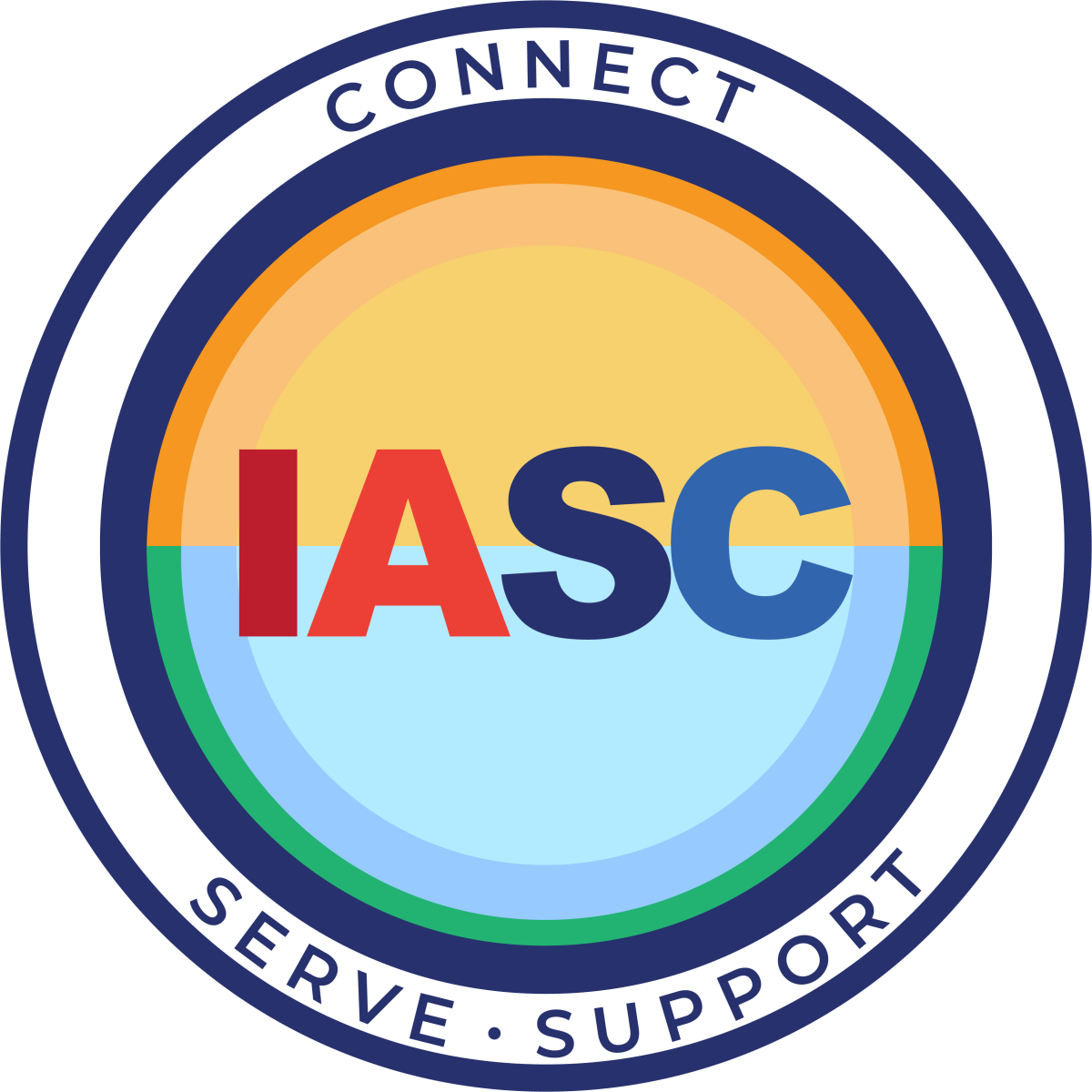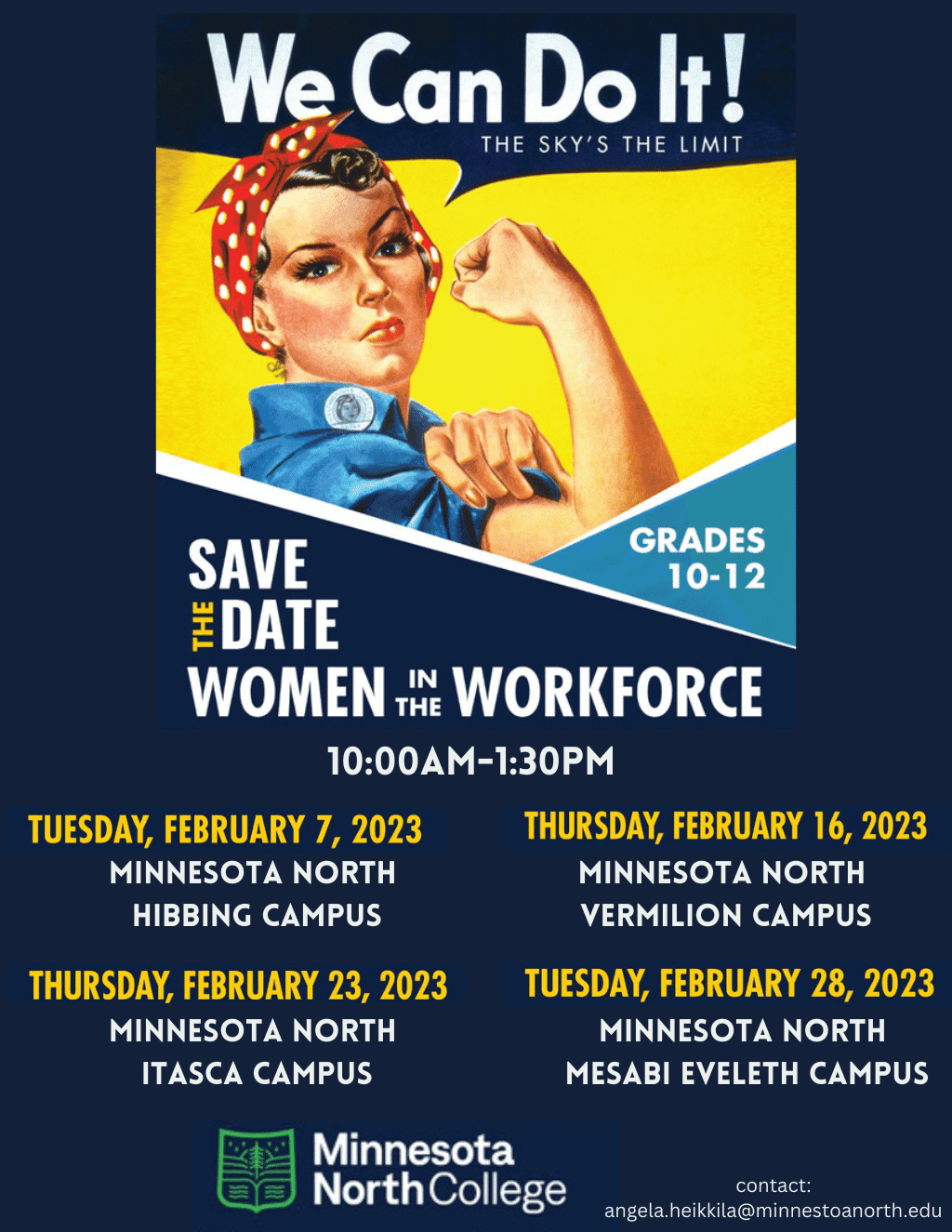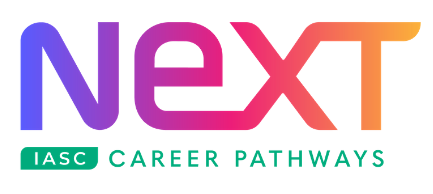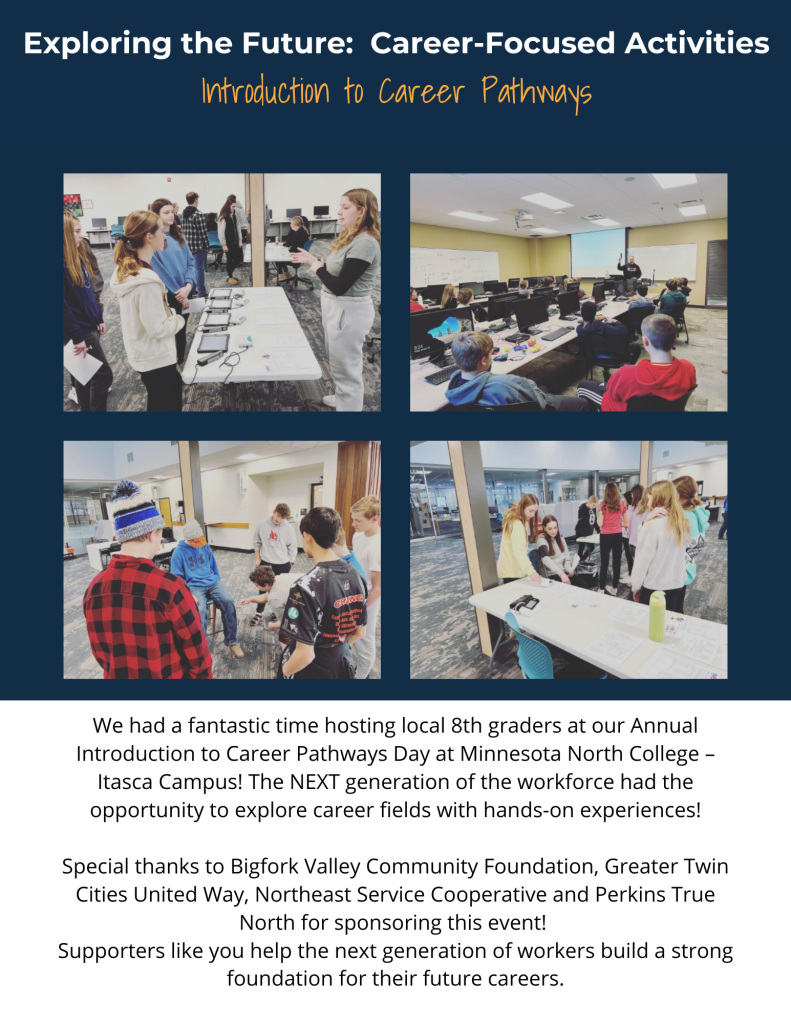Category: Uncategorized
January 2025 Newsletter


September 2024 Newletter
WOMEN IN THE WORKFORCE

 The 1st empowerment event yesterday out of 4 went incredible! What a great time for women professionals and students to come together and talk about careers and build each other❤️
The 1st empowerment event yesterday out of 4 went incredible! What a great time for women professionals and students to come together and talk about careers and build each other❤️
🌟Encouraging
🌟Inspiring
🌟Hopeful
https://www.wdio.com/front-page/top-stories/women-in-the-workforce-event-gave-young-ladies-a-chance-to-learn-about-opportunities/?fbclid=IwAR1rWH134jroIX2Fxv3EibKgxh4isB4csK6pE0QWwnr3E8MPlQ8PzfCh-qw
Upcoming Events

Here are some community events that you might be interested in!
WOMEN IN THE WORKFORCE
Tuesday, February 7th 2023
Thursday, February 16th 2023
Thursday, February 23rd 2023
Tuesday, February 28th 2023
Student/Teacher spotlight

IASC NEXT Career Pathways Teacher Spotlight
Shelly Lindstrom is a science teacher at the Grand Rapids High School who teaches courses in the healthcare career pathway. Lindstrom has known for some time that students need opportunities to expand their healthcare experiences beyond the walls of the classroom. In November 2022, GRHS became a chapter of HOSA. HOSA is an organization that promotes health care career opportunities and prepares students to pursue careers in the field. HOSA meets twice a month and focuses on leadership, education and service. So far, students have organized and ran a Christmas party for DCD/ASD students and host a different healthcare speaker every month. We are now looking forward to attending our first HOSA competition. Competitions are designed to motivate members to improve their knowledge and skills.
IASC NEXT Career Pathways Student Spotlight
Noah Jetland is a junior at GRHS. He is currently taking Anatomy 3 in the healthcare pathway. He is also HOSA’S Vice President. Noah’s future career plans are to attend ICC and then the University of Minnesota to pursue a nursing degree. Noah is passionate about the opportunities HOSA brings to students. His favorite component is the healthcare speakers. “I feel like I have a lot of general knowledge about healthcare, but I always walk away thinking – I didn’t even know that was a thing. The speakers have broadened my awareness and helped me think about my own career path.” Noah also values the leadership opportunities HOSA offers and the opportunity to meet regularly with other students who share the same interest in healthcare. For underclassman who have limited opportunities to take healthcare electives, the exposure to healthcare in the meetings is very valuable.











